The muscles in your back and shoulders play a critical role in posture, strength, and daily function. Whether you're reaching overhead, lifting a weight, or simply sitting at your desk, these muscles stabilize and move your upper body. Understanding the shoulder muscles on your back can help you train smarter, prevent injury, and appreciate the complexity of your body.
Key Muscles in Your Upper Back and Shoulders
Let’s break down the major muscles that make up the upper back and shoulder region:
1. Trapezius
The trapezius, or “traps,” is a large, kite-shaped muscle that spans from the base of your skull down to the middle of your spine and stretches out to your shoulders. It’s divided into three regions:
-
Upper traps elevate the shoulder (think shrugging).
-
Middle traps retract the shoulder blades.
-
Lower traps help depress and stabilize the scapula.
2. Rhomboids
Located beneath the traps, the rhomboids (major and minor) pull your shoulder blades together and support proper posture. They’re often underactive in people who sit for long hours or work at a computer.
3. Latissimus Dorsi
The lats are the broadest muscles in the back, extending from the lower spine and pelvis up to the humerus (upper arm bone). They’re responsible for pulling movements like rows and pull-ups and contribute to shoulder extension and rotation.
4. Deltoids
Though often associated with the top of the shoulder, the posterior deltoid (rear deltoid) sits on the back side of the shoulder joint. It plays a vital role in extending the shoulder and assisting with horizontal abduction—key in exercises like reverse flyes.
5. Teres Major and Minor
These small but mighty muscles lie just above and below the latissimus dorsi. The teres major assists the lats in internal rotation and adduction of the shoulder, while the teres minor, part of the rotator cuff, helps stabilize the joint and allows external rotation.
6. Infraspinatus
Another rotator cuff muscle, the infraspinatus is located below the spine of the scapula. It’s responsible for external rotation of the shoulder and plays a key role in joint stability.
How These Muscles Work Together
The shoulder joint is one of the most mobile—and least stable—joints in the body. The muscles of the upper back and shoulders must work in harmony to support that mobility. For instance, during a pull-up, the lats, traps, rhomboids, and posterior deltoids all engage in a coordinated effort to lift and stabilize your body.
Poor muscle balance or weakness in any of these areas can lead to shoulder impingement, rotator cuff injuries, and chronic back pain. That's why both strength and mobility training are important in any fitness program.
Personal Insight: Learning the Hard Way
Years ago, I suffered a nagging shoulder issue from neglecting my rear delts and rhomboids during training. Like many lifters, I was overly focused on the “mirror muscles”—chest and front delts—while forgetting the stabilizers behind me. The imbalance led to poor posture and eventually a strained rotator cuff.
Rehabilitation forced me to slow down and relearn the fundamentals of upper back and shoulder anatomy. Through targeted exercises like face pulls, prone Y raises, and scapular retractions, I rebuilt not just strength, but a much deeper respect for how these muscle groups interact.
Now, I integrate upper back activation into every training session—whether it’s warming up with band pull-aparts or adding controlled eccentric reps to rows. The difference in strength, posture, and resilience is night and day.
Training Tips for Healthy Upper Back and Shoulders
-
Train with balance: For every pressing movement, include a pulling movement.
-
Focus on form: Don’t chase weight at the expense of joint integrity.
-
Use tempo work: Slowing down reps can increase control and muscle engagement.
-
Mobilize daily: Shoulder circles, wall slides, and thoracic spine openers can help offset tightness and promote healthy movement.
Final Thoughts
Understanding the muscles in your back and shoulders isn’t just for anatomy class—it’s essential knowledge for anyone who wants to move better, train smarter, and avoid injury. By taking care of these foundational muscle groups, you’re investing in lifelong strength, stability, and performance.




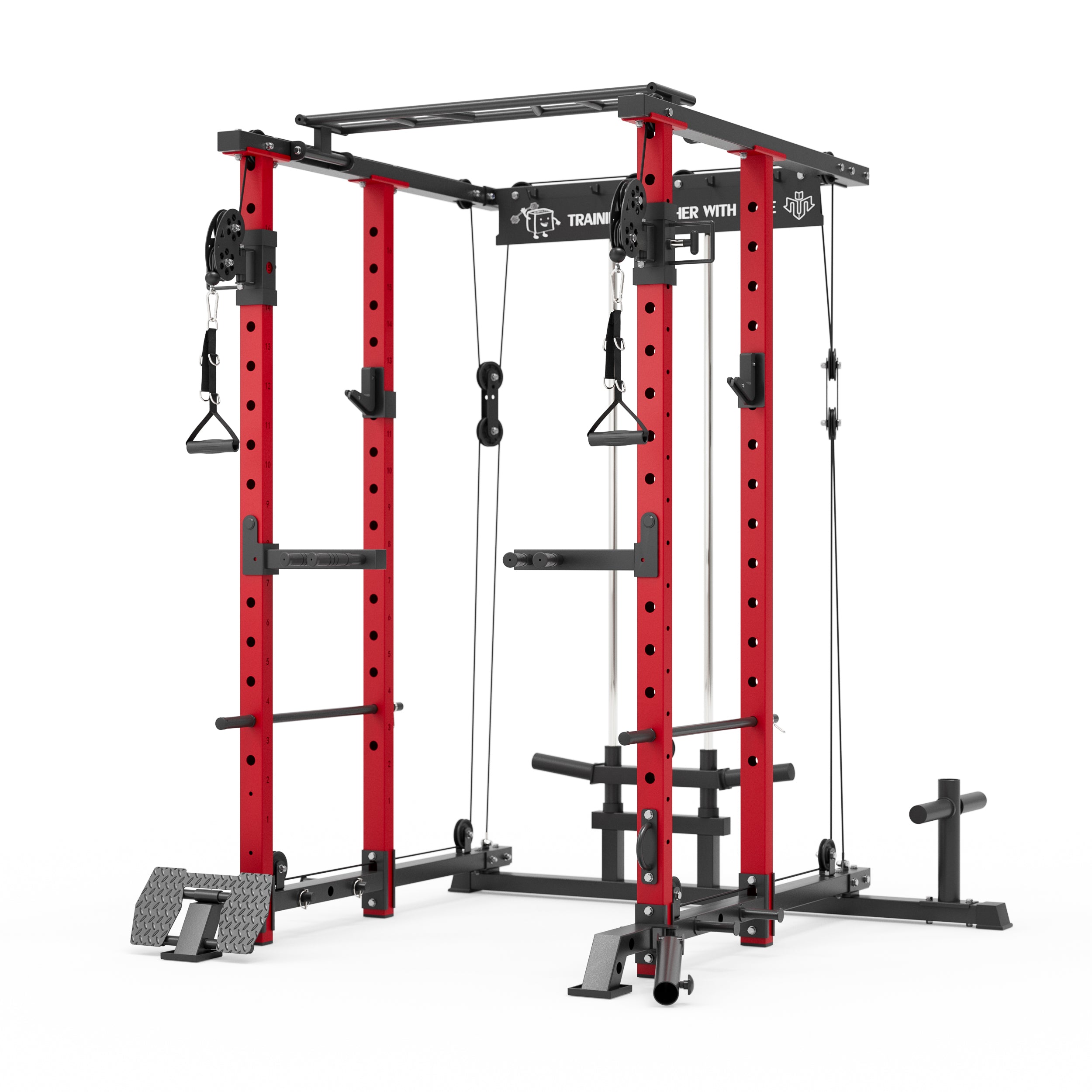


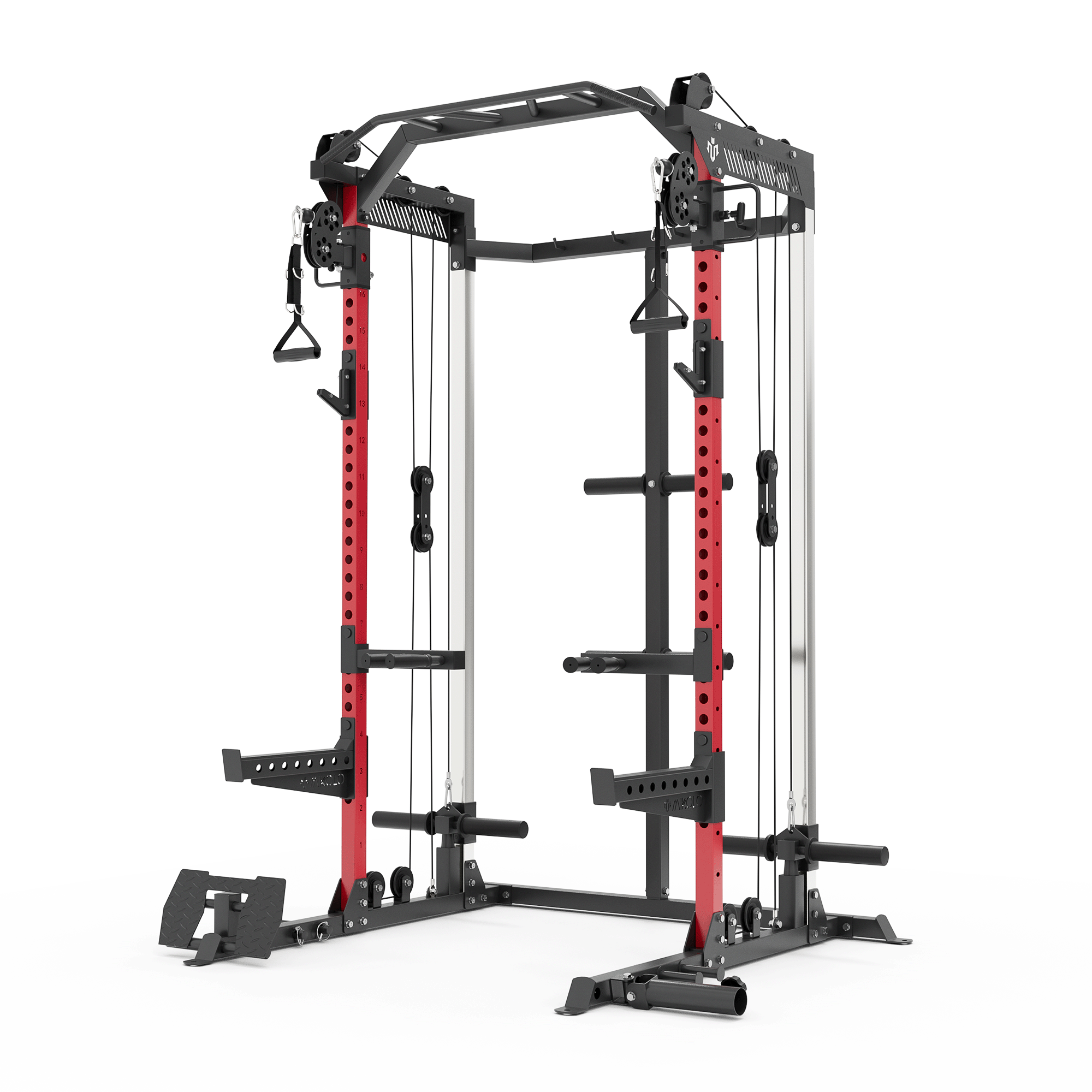




















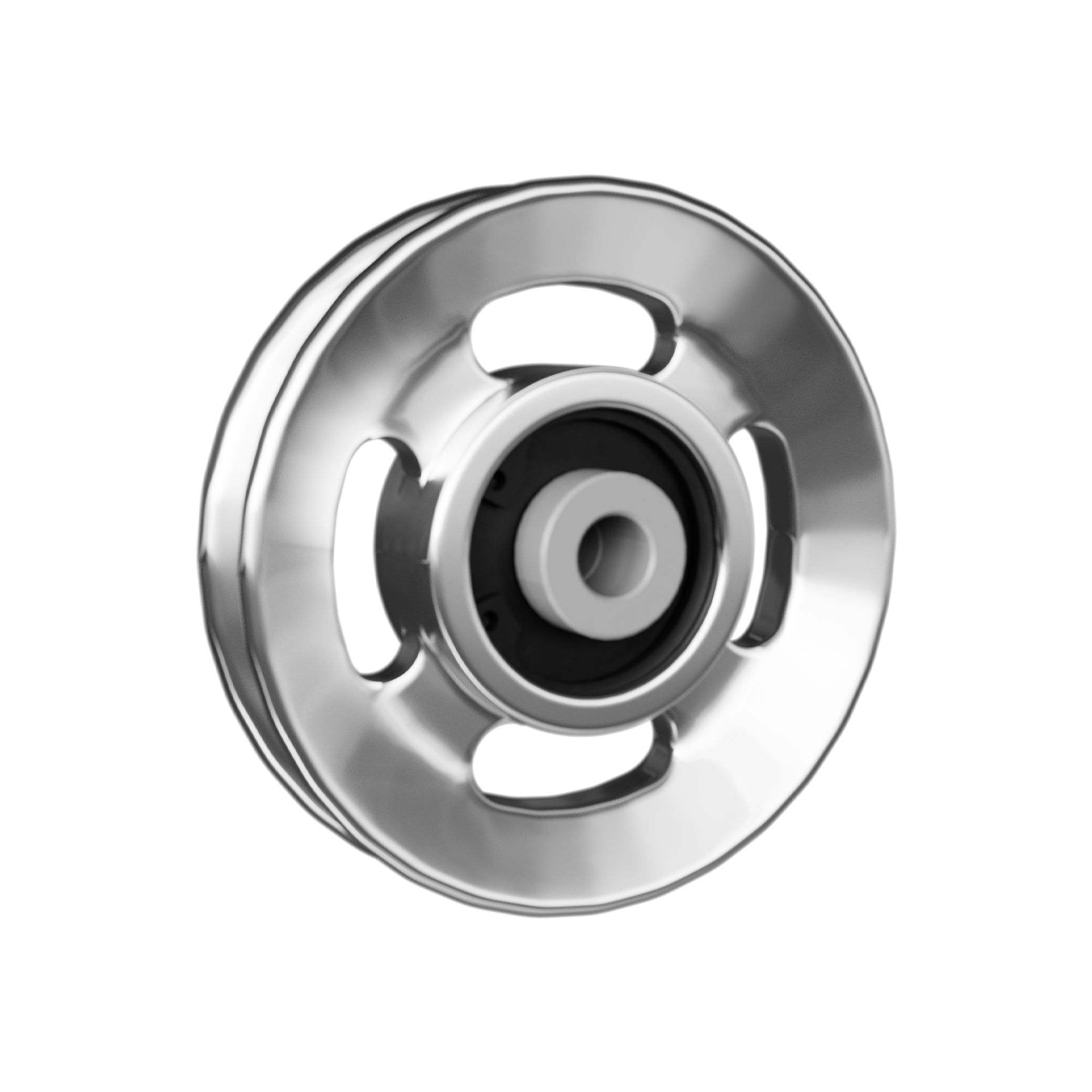



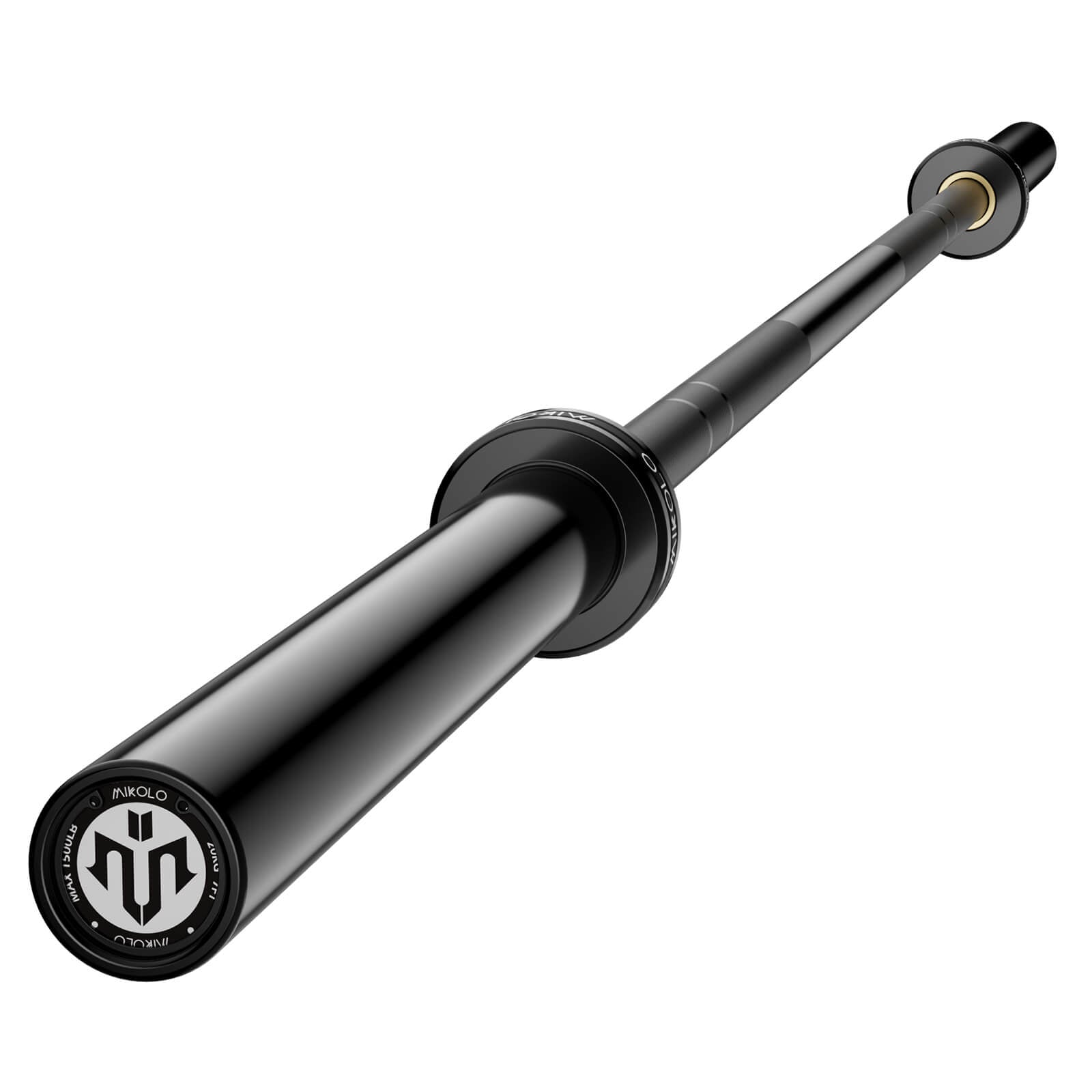




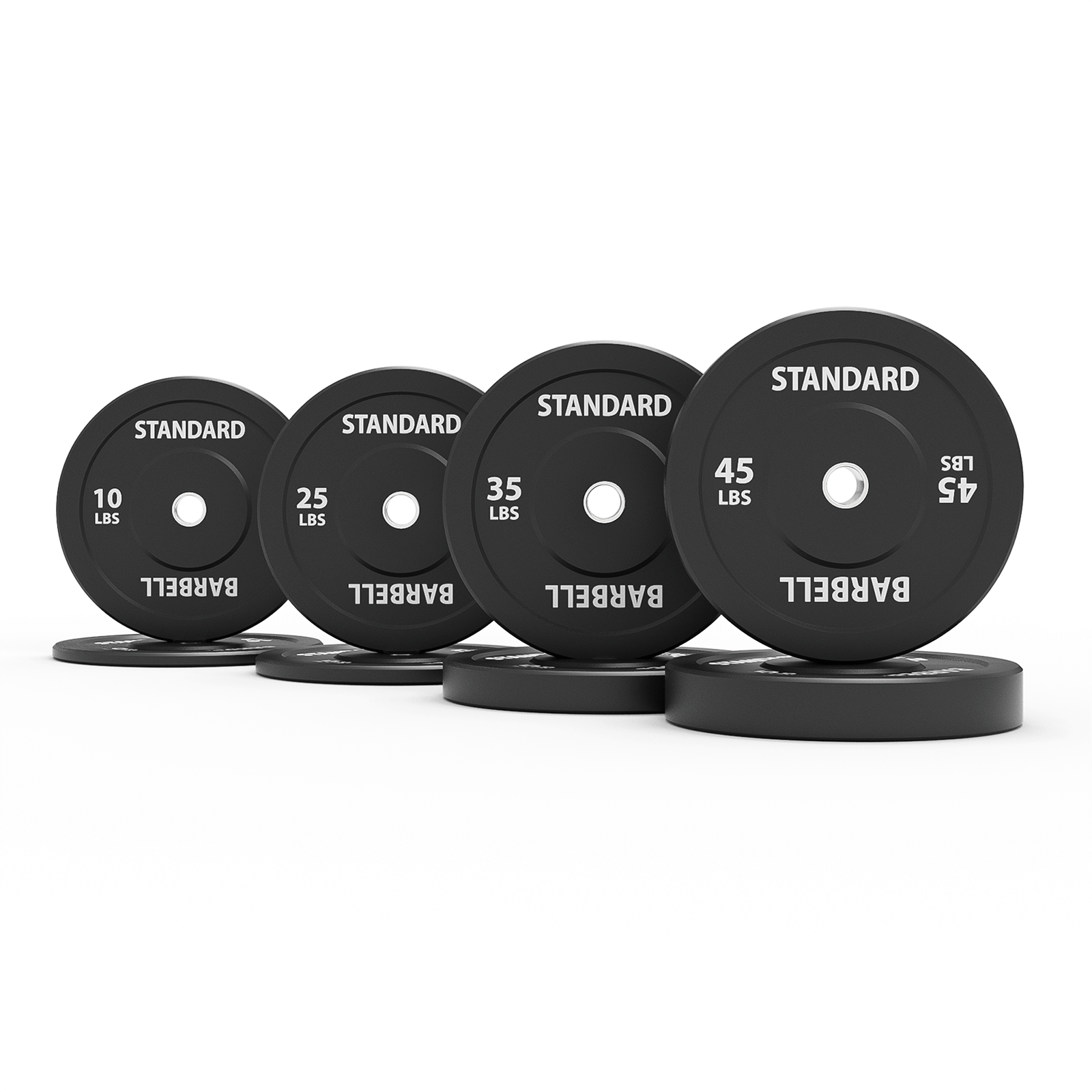




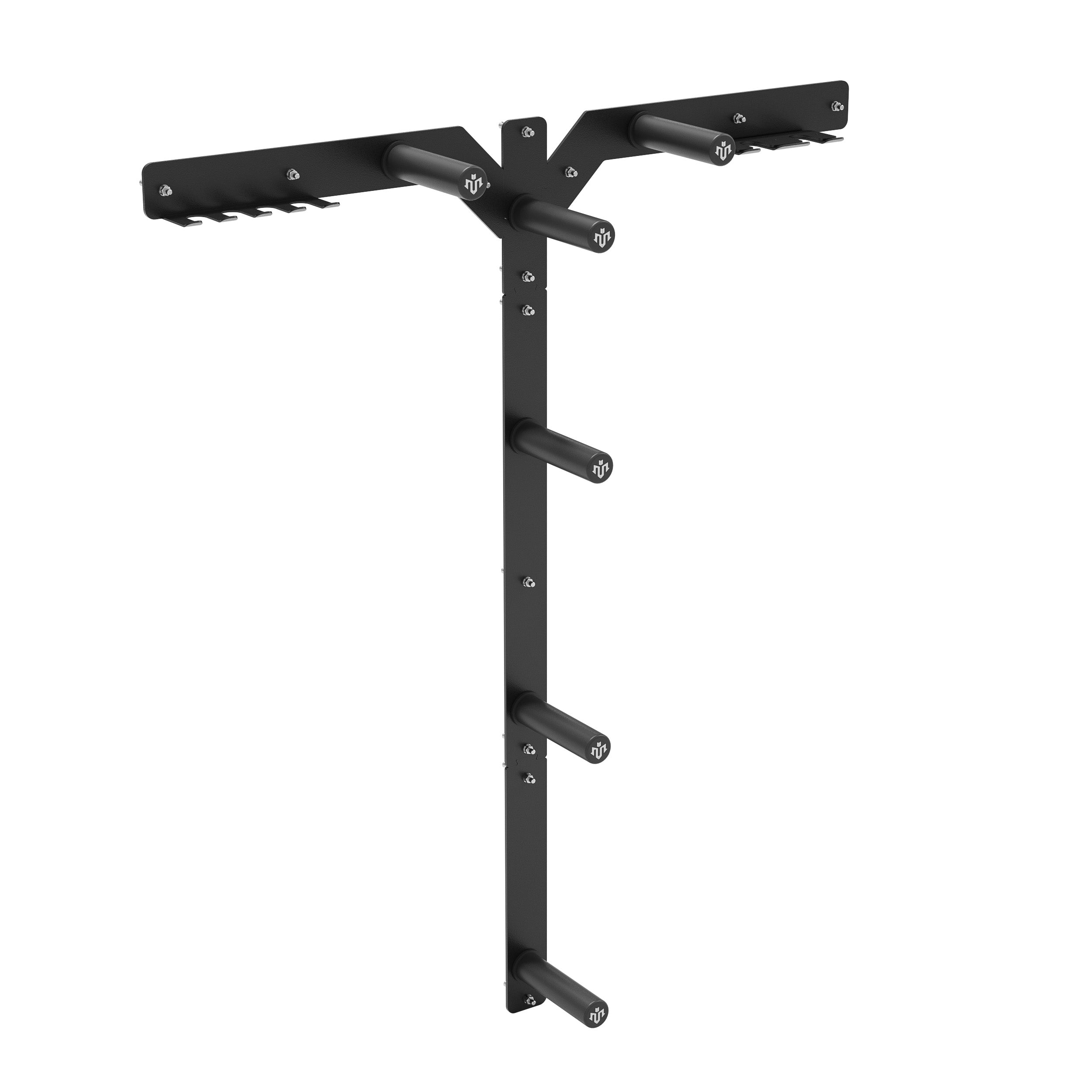





Leave a comment
This site is protected by hCaptcha and the hCaptcha Privacy Policy and Terms of Service apply.